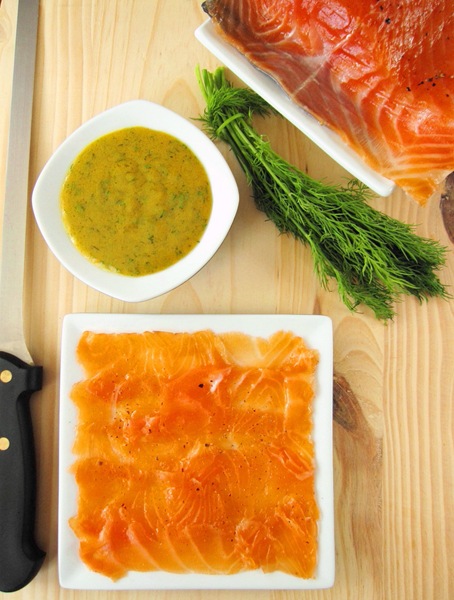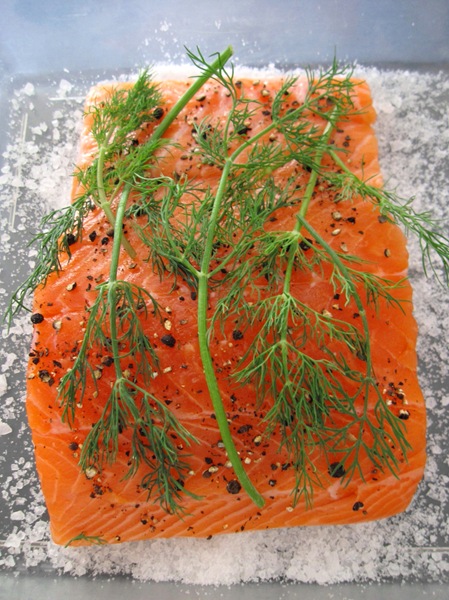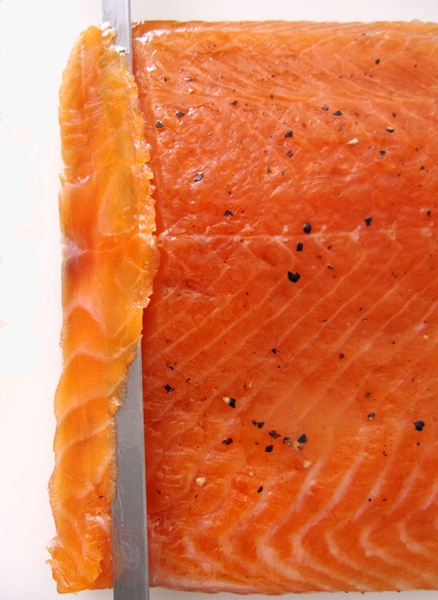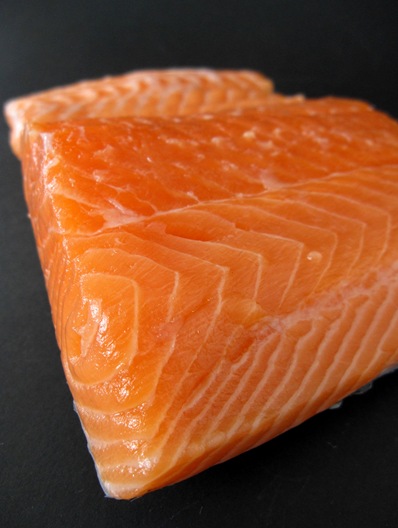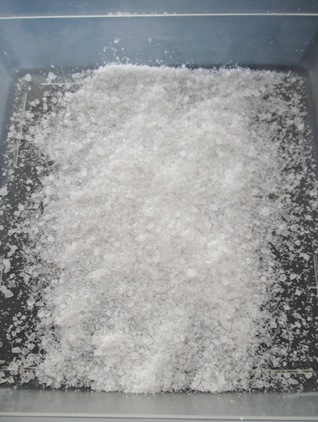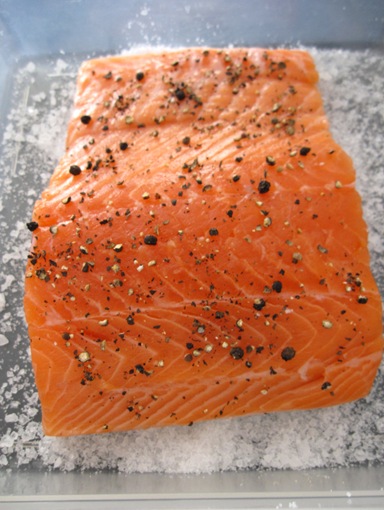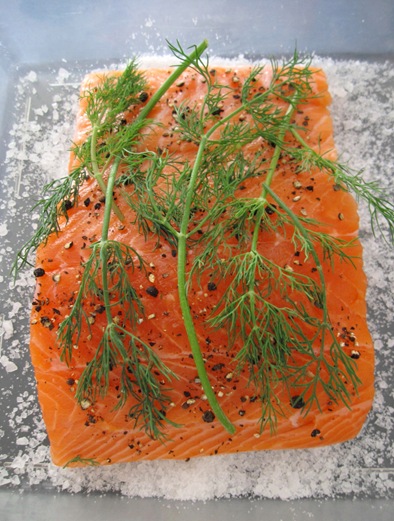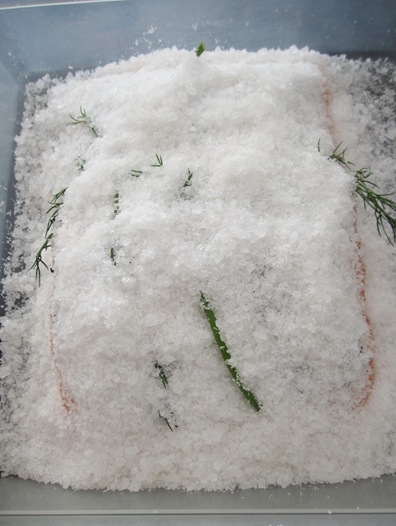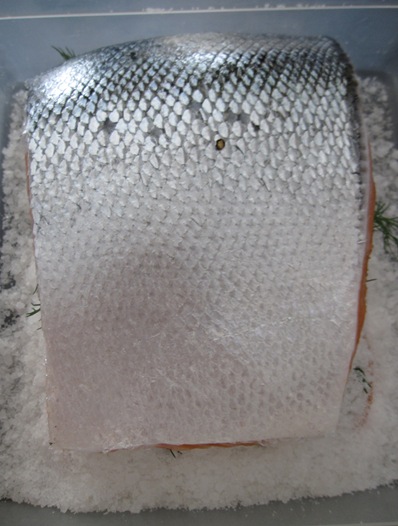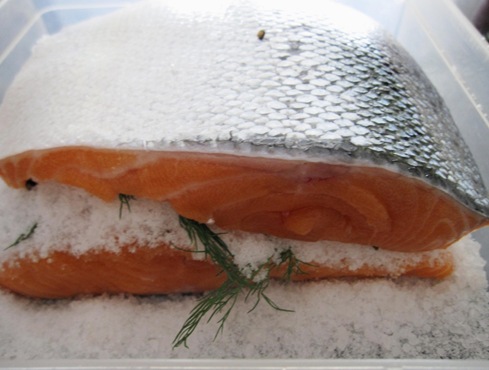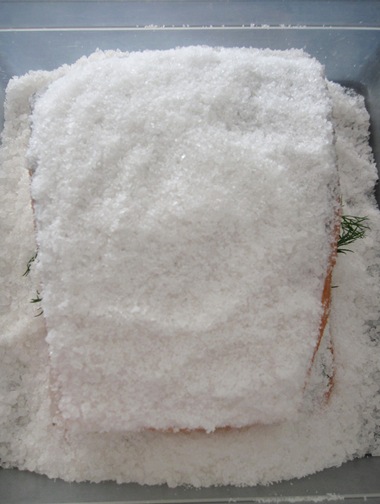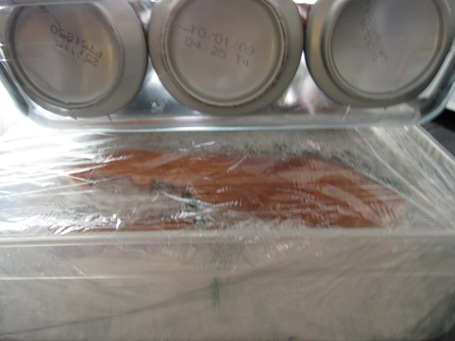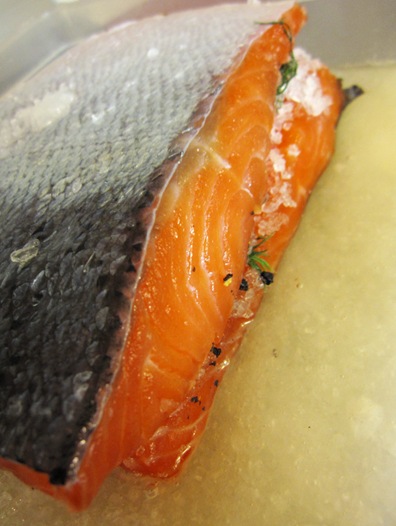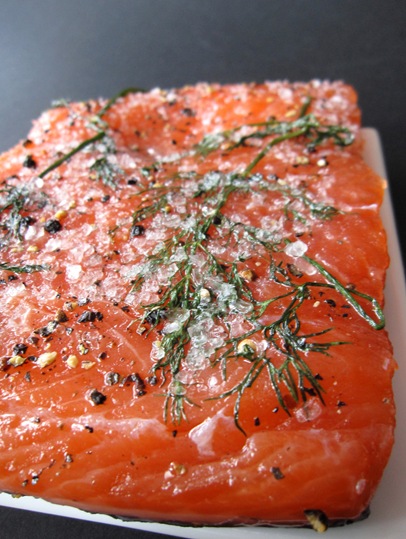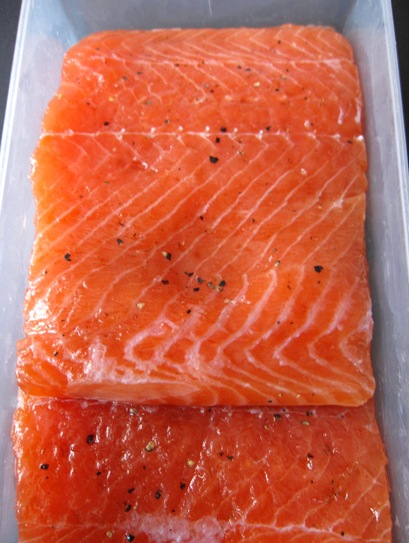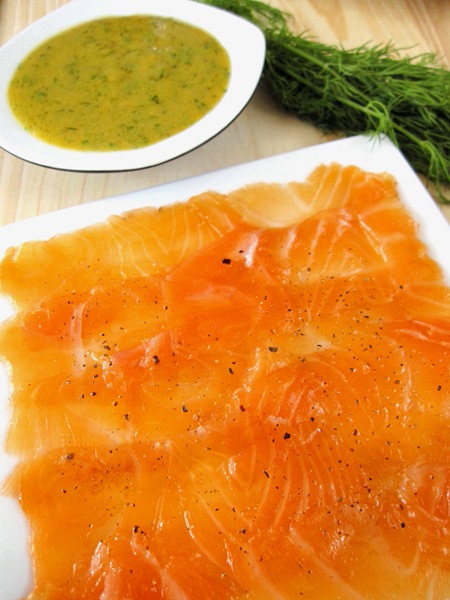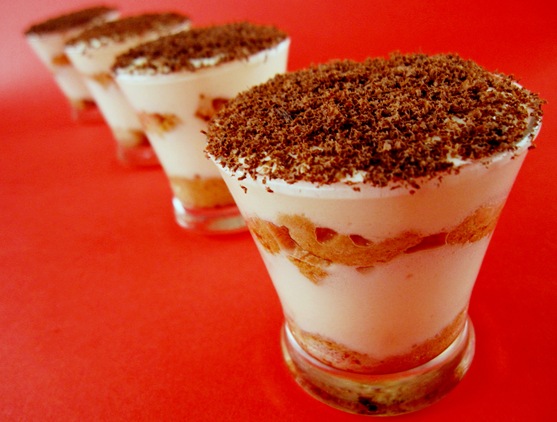
Tiramisù…This is one of the few desserts I don’t ever get tired of! If I had to choose one dessert over the others, this classic would probably be it. I think not one person that tries it doesn’t like it, unless they really dislike coffee (in that case, the biscuit layer could be soaked in chocolate or other drink and still get the mouth feel of the indecent mascarpone cream, but it would no longer be tiramisù!) or they are told raw eggs are in it and choke on the idea.
There are hundreds of recipes, not just with varying quantities of ingredients, but with different ingredients and methods. Some use whipped heavy cream instead of or with the beaten whites, others make a zabaglione with the yolks and liquid (like marsala or even some coffee) or even a crème anglaise in which to blend in the mascarpone. To me, the degree of variation is not on the ingredients but rather on the method to achieve the texture and consistency desired. For the cream, I don’t like to use other than: mascarpone, a little sugar (and the usual pinch of salt) and eggs. THAT’S IT! I’m not implying that adding heavy cream is wrong, I just prefer not to mask the flavour of the mascarpone itself.
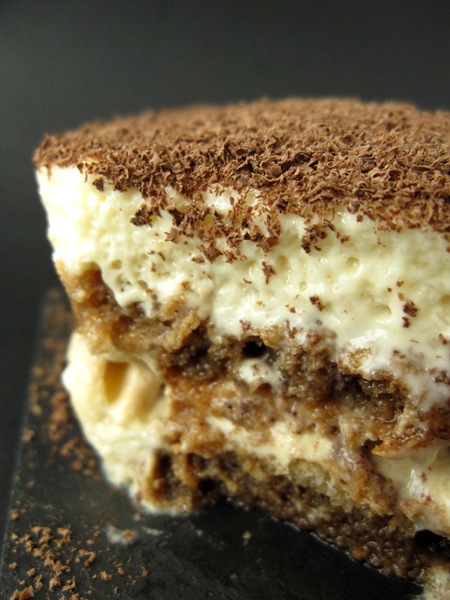
But…I will say that please NO cream cheese, no philadelphia for tiramisú. Cream cheese is fantastic for cheesecakes, but not comparable to mascarpone for this dessert. Some time ago I worked in a well-known restaurant and was horrified that we had to make tiramisú foam (with an Isi siphon) with cream cheese! (to cut down costs, I guess?!). I find it ridiculous, specially if you are charging for it, but that’s another story…so back to tiramisú, I think only mascarpone should be used. Sadly not all mascarpones are the same neither, I’ve tried many that not only differ in taste but they have too high a fat content that splits as soon as it is mixed with other ingredients!…leaving you with a curdled looking cream! If that happens, I’ll tell you further down how to fix it, but it’s best to find a brand you like and works well! Easy to say, yet not so easy to get!
Anyway, below are two alternative methods to obtaining a rich, creamy and tasty tiramisù with the same ingredients (this is like one haircut for various styles! ehem..don’t mind me!), I suggest you try both to see which you like best. I first learnt that the classic proportions are: one egg, separated, and one tablespoon of sugar for each 100g of mascarpone. I find that to be too much white, too airy for me rather than creamy, so I’ve cut down on the amount of egg altogether and use 2 eggs for 250g of mascarpone.

As I said,in one method yolks are beaten with the sugar until a pale cream is obtained and that is mixed in with the mascarpone, and then the almost stiff whites are folded in. This yields a richer texture, very creamy but holds slightly worse the shape if to be unmolded or cut to be served. The other method just incorporates the yolks to the worked mascarpone (to avoid any lumps), up to half of the sugar can be dissolved in the yolks first if desired, and then the whites are beaten to stiff peaks with all or half of the sugar to stabilise them and create a finer texture and are then folded in. This latter gives a creamy tiramisú also, but slightly firmer to maintain it’s shape.
Like I said, try both and decide which you prefer, maybe it will depend on how you want to serve it! For individual glasses the beaten yolks one might be better (I’ve even seen some recipes, like the fantastic blog Delicious Days, that do not add any whites to yield a richer, creamier mix)and for a large or individual moulds you may prefer to use the other! Ah, also there’s a recipe for savoiardi (ladyfingers), it’s one of the best I’ve tried, but I still prefer to get the savoiardi vicenzovo by Vicenzi. They are by far the best I have tried.
Heavenly tiramisù and savoiardi
enough for 6 small glasses or one 24cm round mold or one 20cm square pan
For the savoiardi:
3 eggs, separated
100g of sugar (20g+80g)**you can substitute a tbsp for vanilla sugar or add some essence
90g of cake flour (or about 70g of all purpose+20g corn or potato starch)
pinch of salt
drop of lemon juice or pinch of cream of tartar (to stabilise the meringue)
some caster sugar to dust the tops (about 40g)
For the tiramisù cream:
250g of italian mascarpone cheese
2 L eggs, separated for method 1) and 3L ones for method 2) where just one white is needed
50g sugar, caster if using method 1)
pinch of salt
pinch of cream of tartar of a few drops of lemon (for the whites)
For the coffee, to soak the biscuits:
about 250g-300g of strong coffee (expresso, ideally)Also:
sugar to taste (not too sweet as the savoiardi are sweet themselves)
a drizzle of amaretto or kalhua or marsala
Either cocoa powder or dark chocolate (grated) for the layers and top*For method 1) you will use both yolks and whites of 2 eggs, whereas for method 2) which beats the yolks with the sugar until pale and creamy, a total of 3 yolks are needed plus only 1 white (it could even do without, if you prefer a denser texture)
Start preparing the savoiardi if you haven’t bought them. The tricky part here is just to be extra careful when mixing the whipped ingredients to keep all that air in! Otherwise, if you are not beating by hand, it’s fairly simple.
First beat the yolks with at least half of the sugar or the 20g noted (and the pinch of salt) until all the sugar is completely dissolved and you get a pale, creamy consistency leaving a trace as it is lifted up. It will take a while, so be patient.
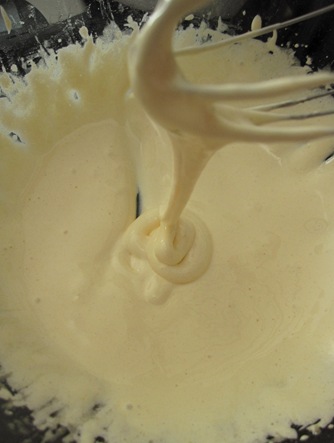
Then, beat the whites until they start getting soft peaks and then add the lemon juice or cream of tartar and start incorporating the rest of the sugar slowly until it is dissolved completely and you get firm peaks
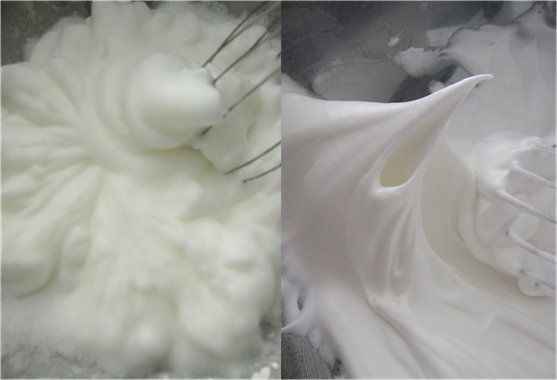
Fold in the yolk mixture into the meringue and then fold in the sifted flour (and starch if using). This is the crucial step, as if you are not super careful, you’ll loose the structure and the ladyfingers won’t hold their shape.

Here’s how it should look like..
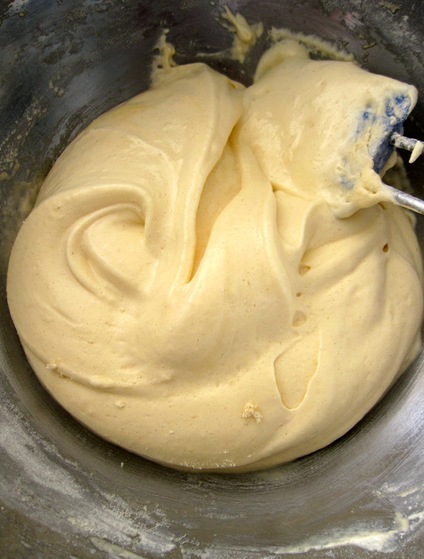
Place in a piping bag, I don’t use a tip as I use a disposable one and cut them as big as I like… Pipe the savoiardi on a tray with a parchment paper, they should be about 10cm long and 2 or 3 wide.
Sift some of the caster sugar over each savoiardi and let it soak in.
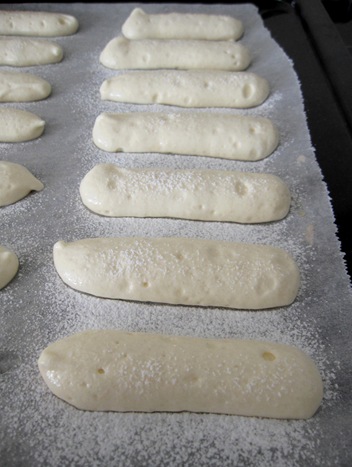
Sprinkle some more, a thin layer though, otherwise it may caramelise rather than form the shiny crackling layer we want, and place in a 165ºC preheated oven (if fan assisted, a bit higher, about 180ºC if not) for about 15 minutes. If you see they are getting colour unevenly, turn around after about 10 minutes. Remove from the heat and check that they come off the parchment well, as if they are still stuck, they need more time. you want them a soft golden colour and not dry.
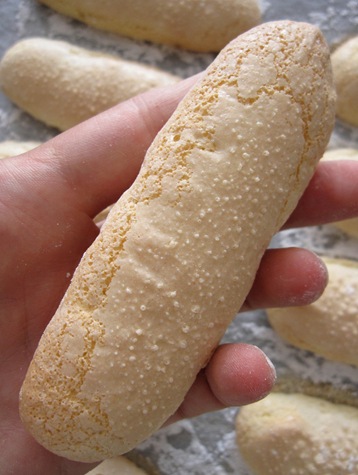
You see the little bits of sugar, that’s from the extra sugar, if you don’t want them, just let it be absorbed after the second dusting before loading the tray into the oven.
Savoiardi may smell eggy just after being done, while still warm, but I think it soaks up coffee for this dessert like no other biscuit and stays super soft! The Vicenzovo I mentioned (I wonder how they are done! Still haven’t got there) are super soft, soak up liquids extremely well AND hold their shape, whereas the homemade version seem to almost melt (which is great for tiramisù, though as you want nothing to interfere with that fantastic creaminess!).
Time to make your super charged coffee. I find that the stronger the coffee the better the result! When I make it I use less water per amount of coffee so it is concentrated (so no american coffee for this ;) ). Then I add the liquour of choice, the most traditional is amaretto, but if I want plain coffee flavour I just add kalhua and…this is important: the coffee should taste like coffee and lightly flavoured with the alcohol you choose (it’s like a seasoning) you don’t want to inhale the alcohol!!!! I have tried some tiramisùs that cannot even be tasted from the excess of liquor! Unless that is precisely what you like, I suggest you are careful with how much you use, a tablespoon of these sugared ones is probably enough and a bit more won’t do much harm (though the amaretto has a stronger taste) but be careful with other stronger liqueurs like brandy or rhum! Just thought I had to warn you as I think it may spoil the fine balance!Here are my favourites…
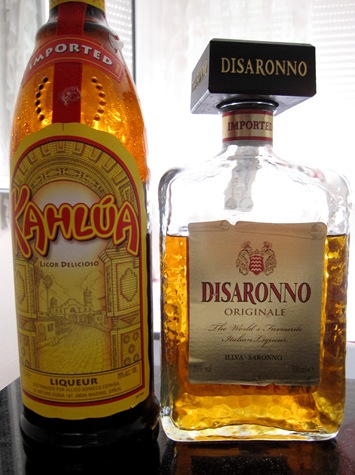
At last well make the cream. The first for any method is to soften the mascarpone, just work it lightly, but enough to make it malleable, so no lumps will form when we mix the rest of ingredients.
I’d forgotten to mention how to fix it if it splits. Like I said before, some mascarpones are so high in fat content that may split as they are worked or when the yolks or cream of yolks is added. If this happens as it is stirred (before incorporating anything) add a drop of heavy cream and blend it with a hand blender ( not with the whip attachment) and should probably come back together, as a split mayonnaise would. If it happens as the yolks are added, try blending them as well, no need to add any cream unless you see it’s not working, in which case add a bit.
Basically it’s an emulsion of fat in liquid, but when there’s too much fat it splits, and the way to fix it is by adding a bit more liquid (like mayonnaise, holandaise or spanish pil pil…recipe still to come). Hope this makes sense, if there’s any doubt, let me know.

If you can get hold of this brand: Ambrosi, it is by far the best mascarpone I have tried! Never splits, always perfectly smooth and creamy!

Then, the two methods side by side, the first column shows method 1 and the 2nd column, method two. So, for 1, you either mix some sugar, CASTER for this method is best (less than half, about 20g) in the yolks until dissolved and then mix that with the mascarpone or as shown in the 2nd photo, just add in the yolks into the mascarpone and work until smooth, that’s what I often do, to use all the sugar to stabilise the meringue.
Whereas for the 2nd method , beat the yolks with 30g or 40g of the sugar (most people use all of the sugar here, but I again, prefer to leave some to stabilise the foam from the whites). When creamy and pale, fold into the mascarpone and if the mascarpone is good if you continue whisking a bit, you’ll see it thicken, gain a denser texture.
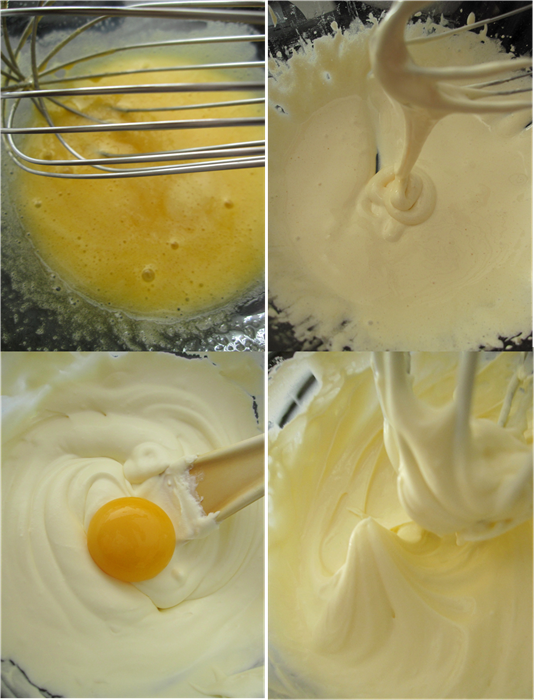
Then, beat the whites with all the sugar for method 1 or with the remaining 10g for method 2 (with a pinch of cream of tartar, if possible, or a few drops of lemon juice to prevent it from getting grainy).
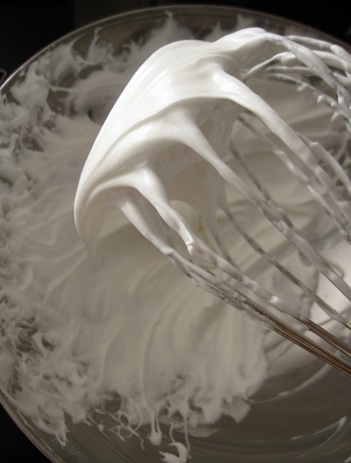
And then for either way, just fold in the whites carefully to keep it airy to either mixture and you’ll get a heavenly cream like this:
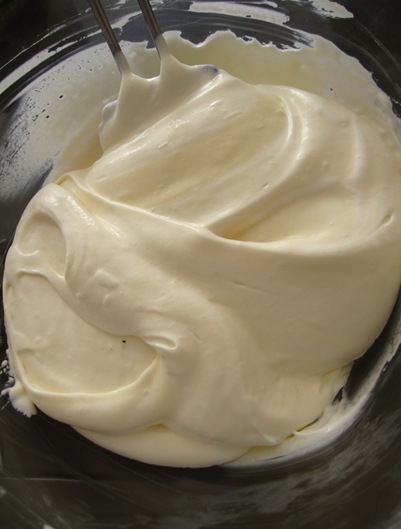
Do you see that texture? Airy, light, but sooo creamy!
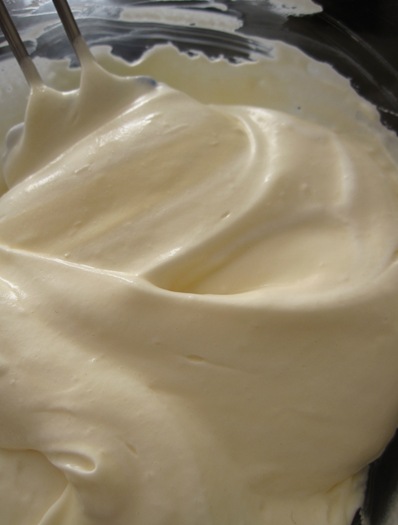
Ready to assemble it? Choose what you prefer: an individual small glass, or a bowl, or to make individual little cakes or a large one from which to cut the portions (spring-form pans are great for this)…
Then, on whichever lay a layer of coffee-soaked savoiardi. I like mine fairly juicy, though not bleeding the coffee out, so I dip in each and lift up to remove excess coffee, then lay it. For instance for a cake or individual ones…
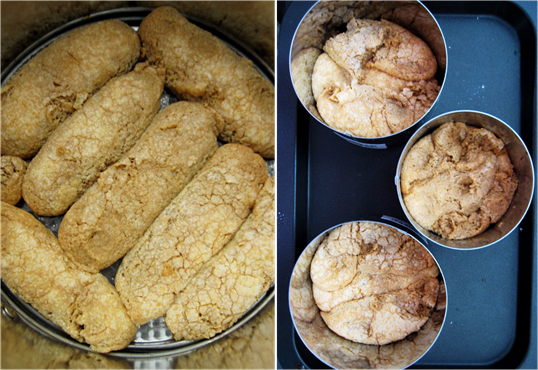
Or if you want the individual ones higher than your rings width, cut a strip of parchment and wet the inner side of the rings so the parchment sticks and then build your tiramisù (with PVC strip there’d be no need for so many rings, so if you can afford it, get a small roll).

Anyway, whatever you choose, after the first layer of biscuits lay one of cream, if you are making one large tiramisú, use less than half your mascarpone mix (I like to use smaller moulds for any given recipe, so the cream layer is thicker…even if I have to spare some savoiardi!).
Now, either after this first mascarpone layer or before it, so it mixes in with the biscuits, if you like, and I totally encourage it, grate a fine layer of chocolate or sift some cocoa powder, it just intensifies the overall mocha flavour!
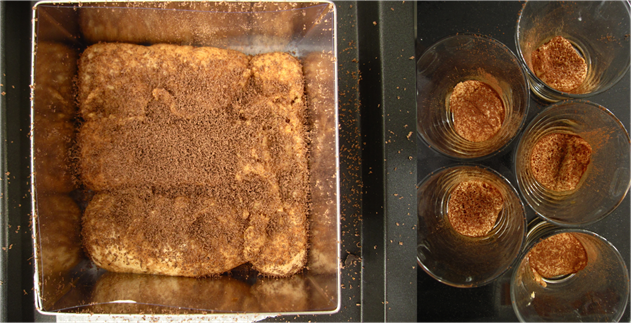
Then, some more soaked biscuits and then the last cream layer, I like this one to be higher, that’s why I always use more for this second layer. And now time to rest after wrapping it in cling film or placing the glasses in a tupper-ware so it doesn’t absorb any fridge flavours!! It is crucial that it gets time to set, at least 2, but ideally overnight, it really tastes better!
At long last, time to enjoy!! Only when ready to serve grate chocolate or sprinkle sifted cocoa powder over the top layer, otherwise and specially bad for the cocoa, it will get wet and lose its velvety appearance!
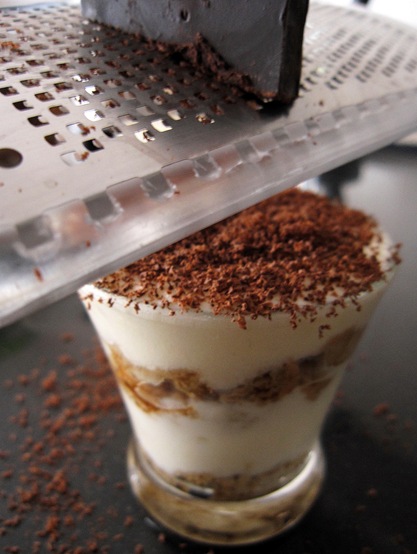
Here with the touch of cocoa in between!

For the individual molds, it’s best to do it before unmolding…
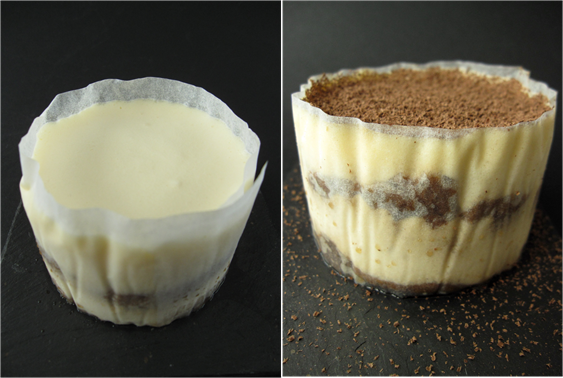
It’s sooo soft!This one is made with the yolks added in without beating…
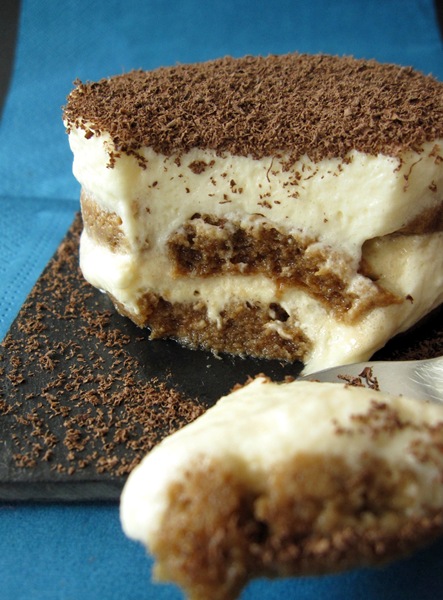
This one with them whipped until pale and creamy…
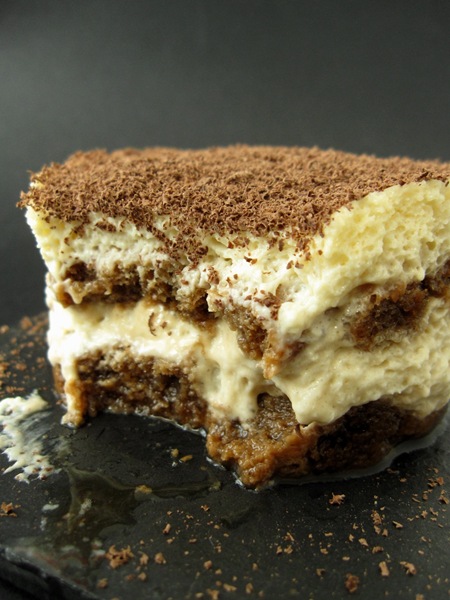
Which do you think you’ll like best? Whichever one, I hope you enjoy it!! Buon appetito!!!

